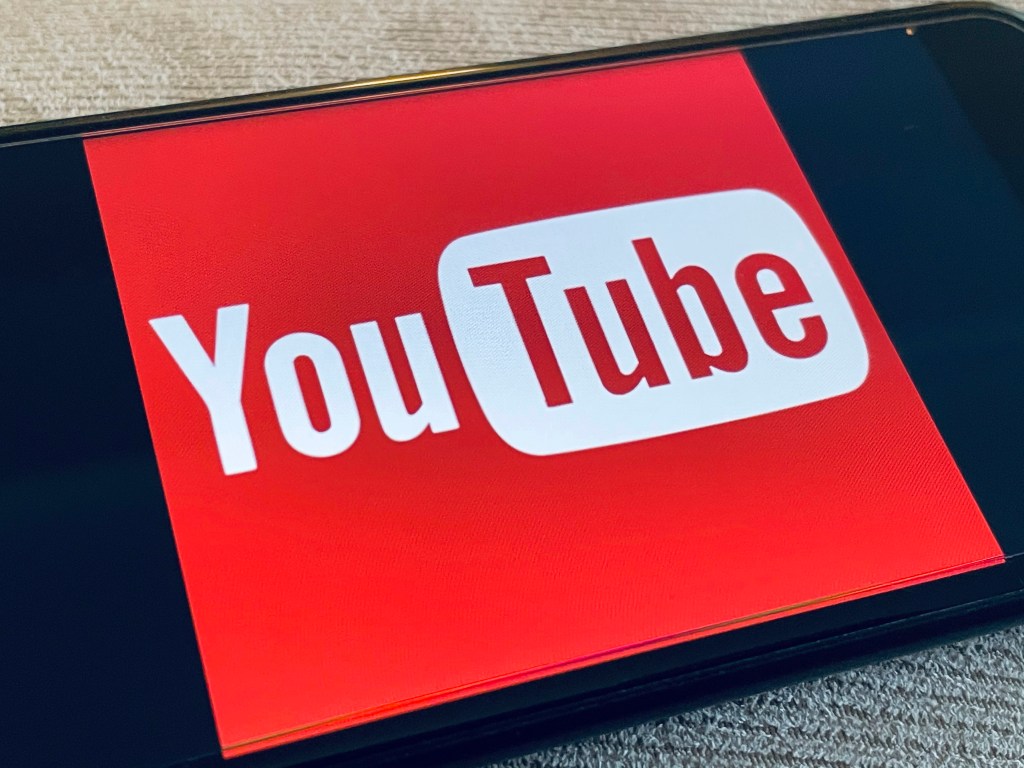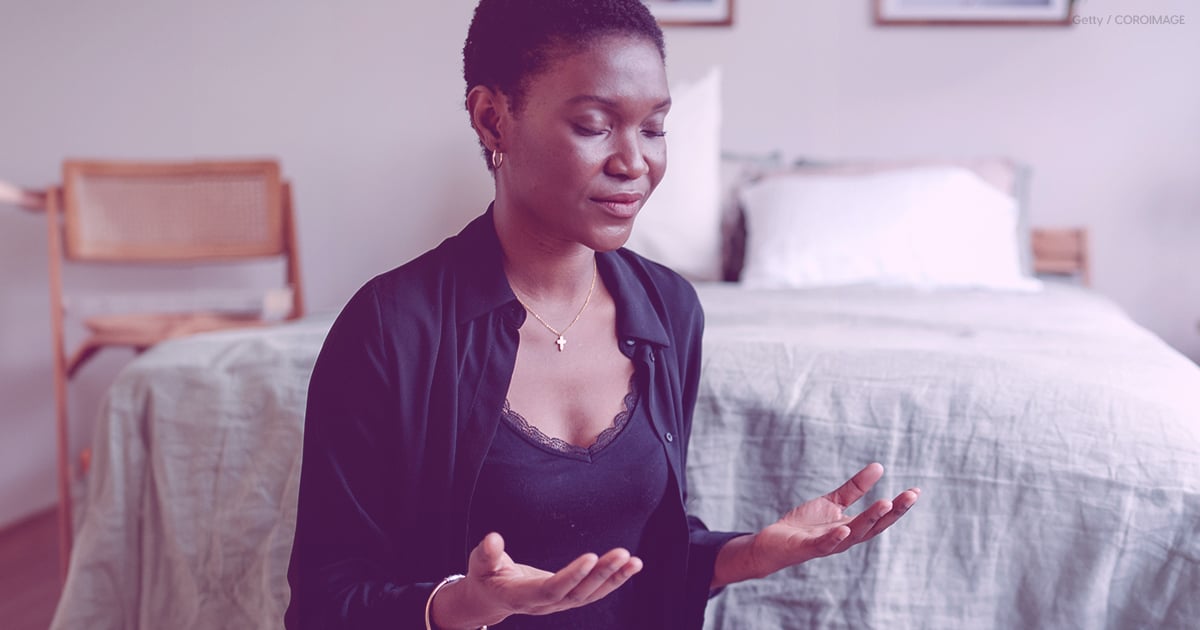While growing alarm over social media’s deep impact on teens continues ringing out, few of those concerns appear to reach teens themselves, according to a new study from Pew Research Center, announced Monday.
In the U.S., the teen scene’s voracious online appetites drive roughly a third of respondents to use platforms such as YouTube, TikTok, Snapchat and Instagram at “almost constant” levels, the organization found.
TikTok, the target of choice for legislators worried about China’s tech influence, ranked high on the popularity meter, but was overshadowed by a returning champ: YouTube. For the second time, the annual poll — which surveyed nearly 1,500 teenagers — ranked Google’s video arm in first place as the most widely used platform by a large margin.
In terms of usage, YouTube nabbed 93 percent, while 63 percent said they used TikTok, edging out Snapchat at 60 percent and Instagram at 59 percent. Facebook trailed at 33 percent. Others include Discord (28 percent); WhatsApp (21 percent); X, formerly known as Twitter (20 percent); Twitch (17 percent); Reddit (14 percent), and BeReal (13 percent).
There are a number of takeaways from the report, depending on the point of view. Marketers will surely clock this data when deciding how to carve up their budgets, while child psychologists may lament the findings as a whole. Tech pundits may note how far the once formidable Facebook app has fallen, as its 71 percent showing in 2014-15 has fallen by more than half now. X, which has been contending with an advertising exodus from the platform, has also dropped a bit in popularity. But this decline looks less steep because it wasn’t hugely popular among teens to begin with, going from 33 percent in 2014-15 to the current 23 percent.
The TikTok stat, however, jumps out for one reason alone: The platform, which is already on track to generate some $10 billion in consumer spending this year, apparently still has plenty of room to grow.
The survey covered social media, internet use and device ownership among teens. It was conducted Sept. 26 to Oct. 23 among 1,453 13- to 17-year-olds.



